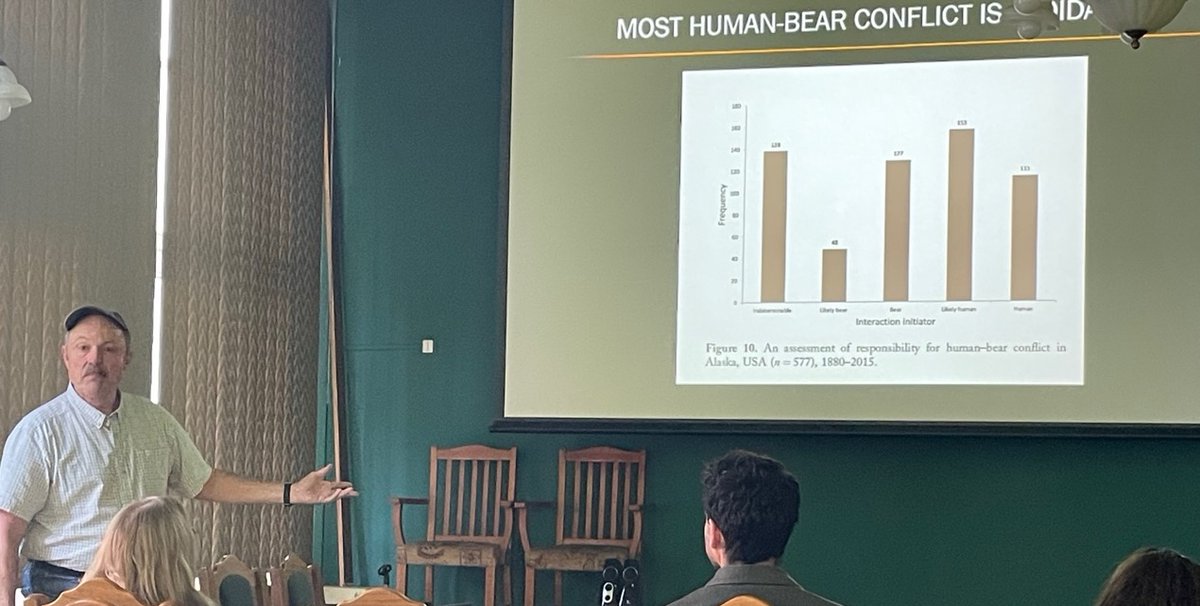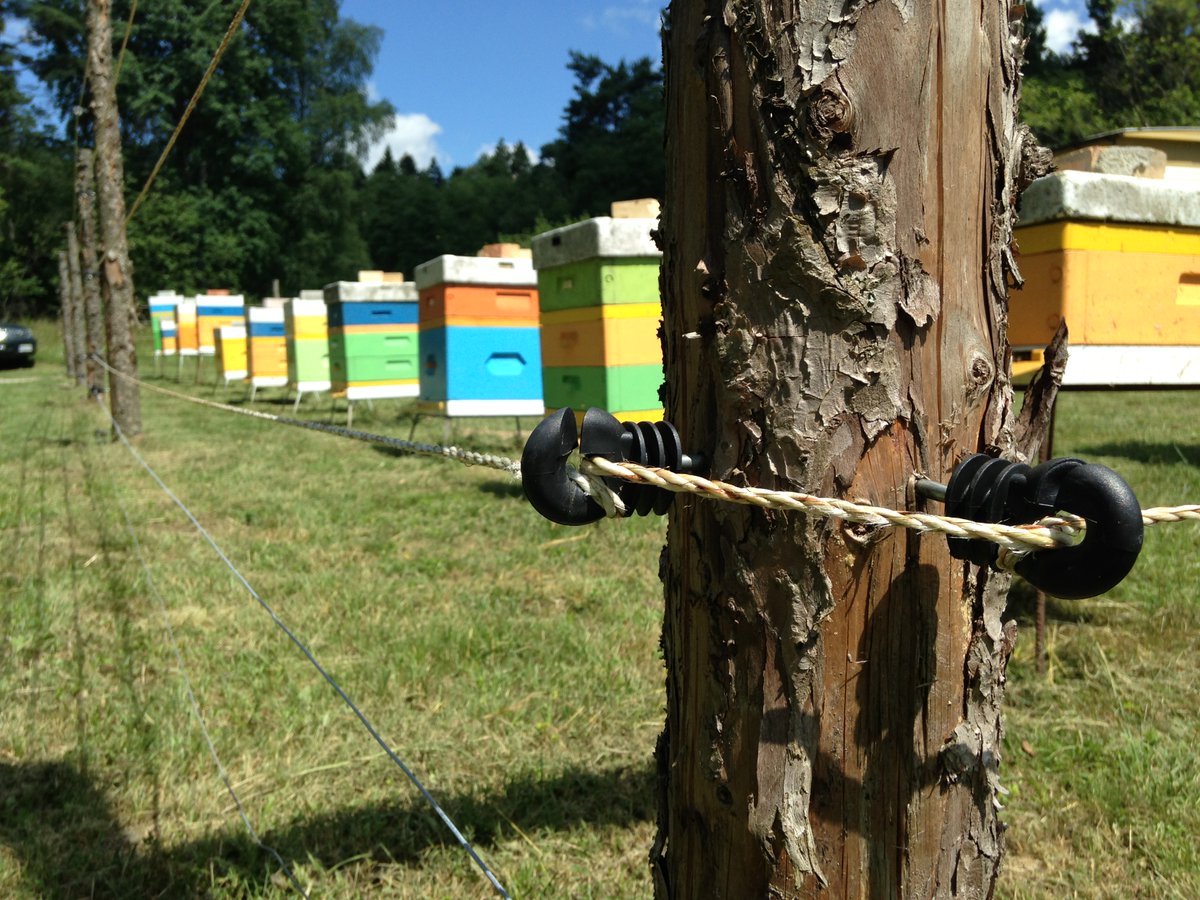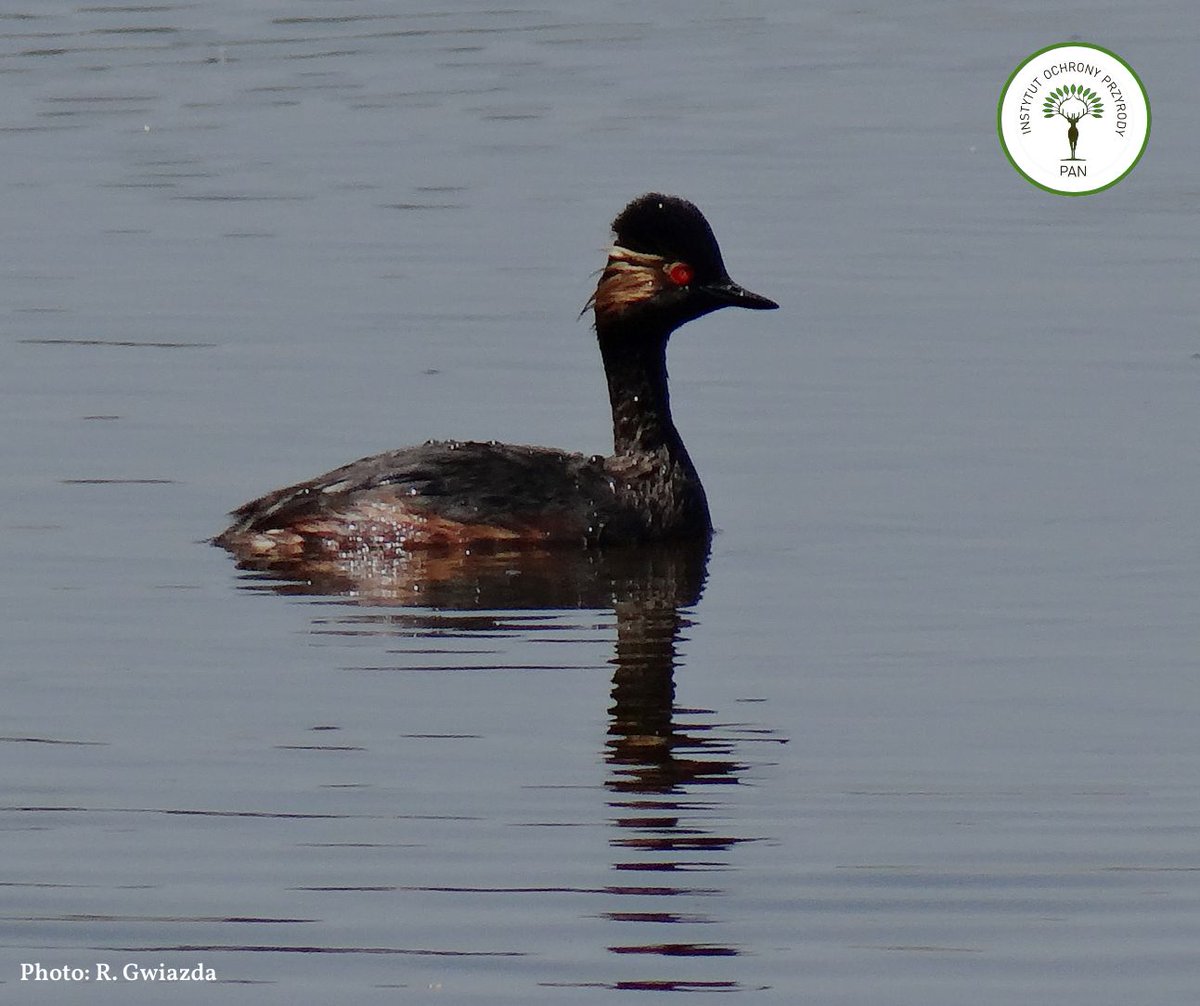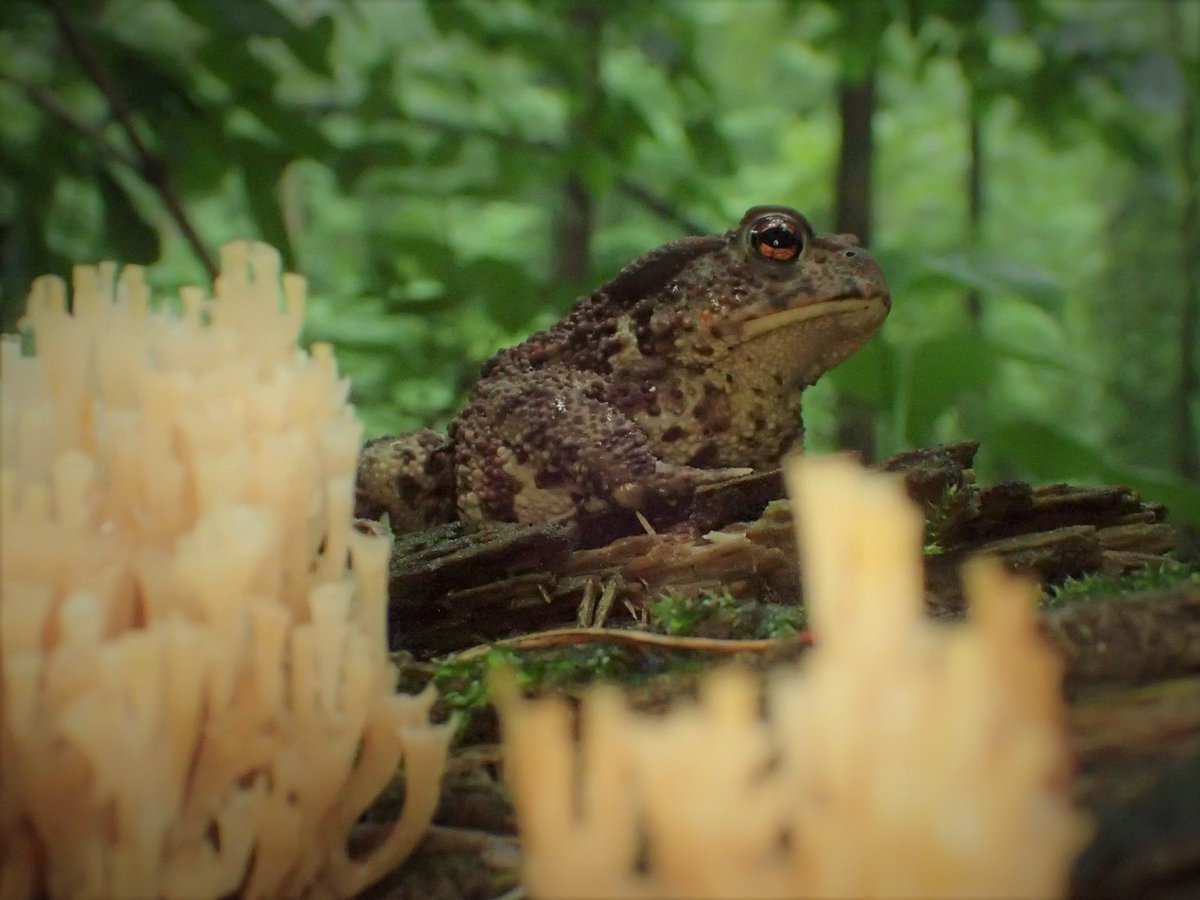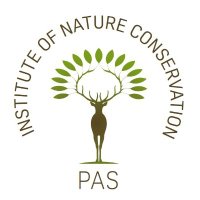
Institute of Nature Conservation PAS
@INCPoland
The Institute conducts research in ecology, conservation biology & geology and lays the scientific foundations for modern nature and environmental conservation.
ID:1620060392465567747
http://www.iop.krakow.pl 30-01-2023 14:05:13
14 Tweets
38 Followers
14 Following

Extremely pleased to announce that our paper looking at mammalian responses to the COVID-19 lockdowns is now out in Science Magazine
science.org/doi/10.1126/sc…
🧵
(1/8)
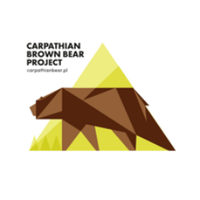

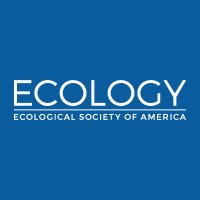
#YellowBelliedToads are thought to be too toxic to have to worry about predators - but using #telemetry , Ecology's #TheScientificNaturalist tracks some toads directly to snakes' stomachs
doi.org/10.1002/ecy.39…
#Amphibians #Predation #PoisonousDinner #Aposematism
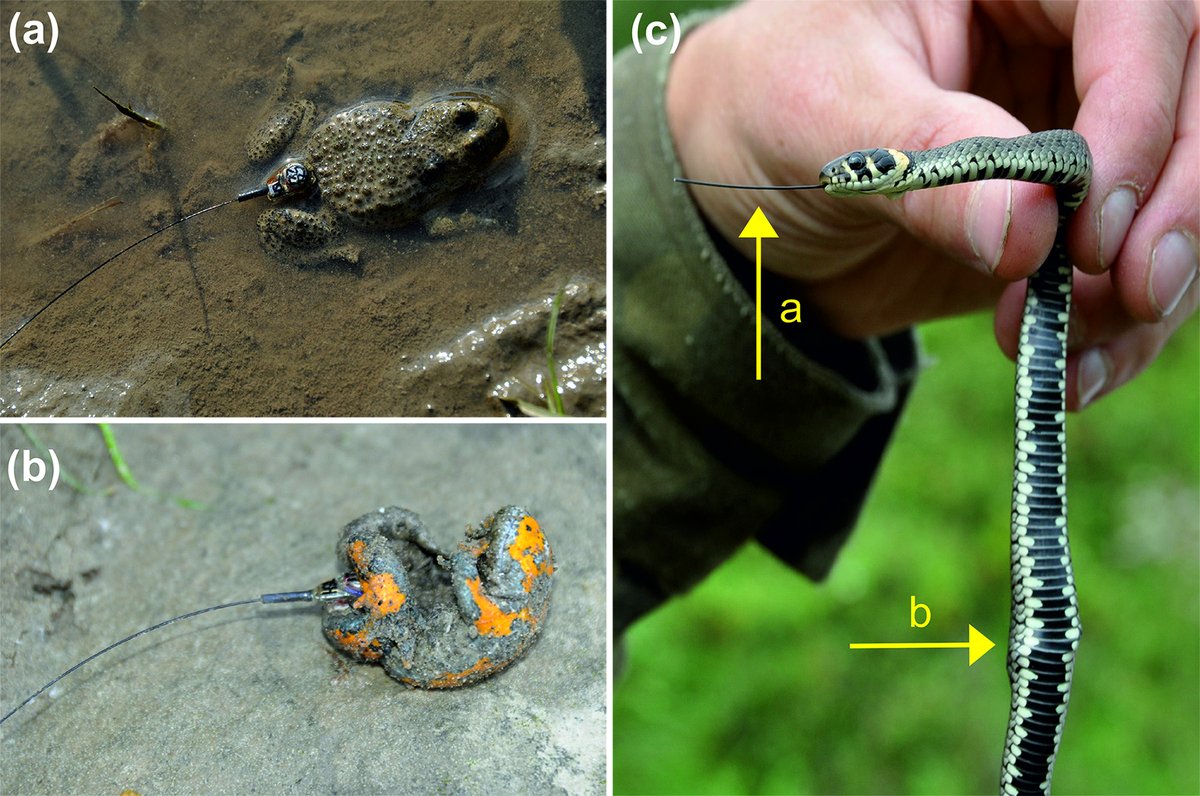

Scientists from Institute of Nature Conservation PAS ( #ioppan ) described in the journal Ecology (doi.org/10.1002/ecy.40…) how #mussels manipulate fish to send their young into the world. #rivermussels
scienceinpoland.pl/en/news/news%2…
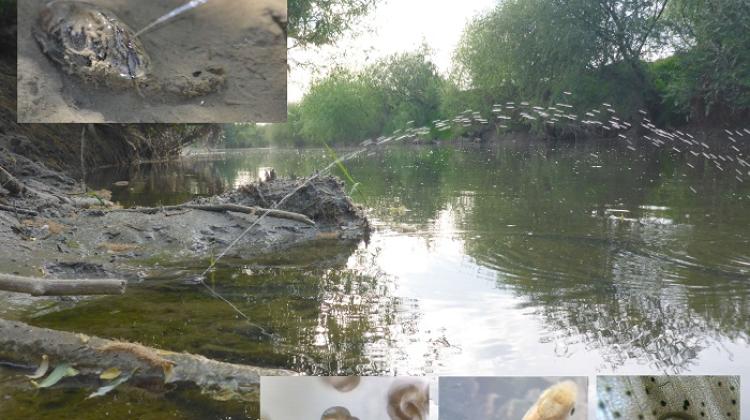

First evidence of individual differences in damage-making behaviour in brown bears CarpathianBear Institute of Nature Conservation PAS 📊
1/3 of the estimated population caused damages; 33% of the damage-makers classified as 'problem individuals' showing repetitive behaviour 🐻
besjournals.onlinelibrary.wiley.com/doi/epdf/10.11…


Do all🐻cause damage to livestock and agriculture repeatedly? The answer is not. Same as with humans, wildlife individuality and behavioral patterns matter in human-wildlife interactions. Our new paper in Journal of Applied Ecology shed some light on this question. Read the thread🧵below👇
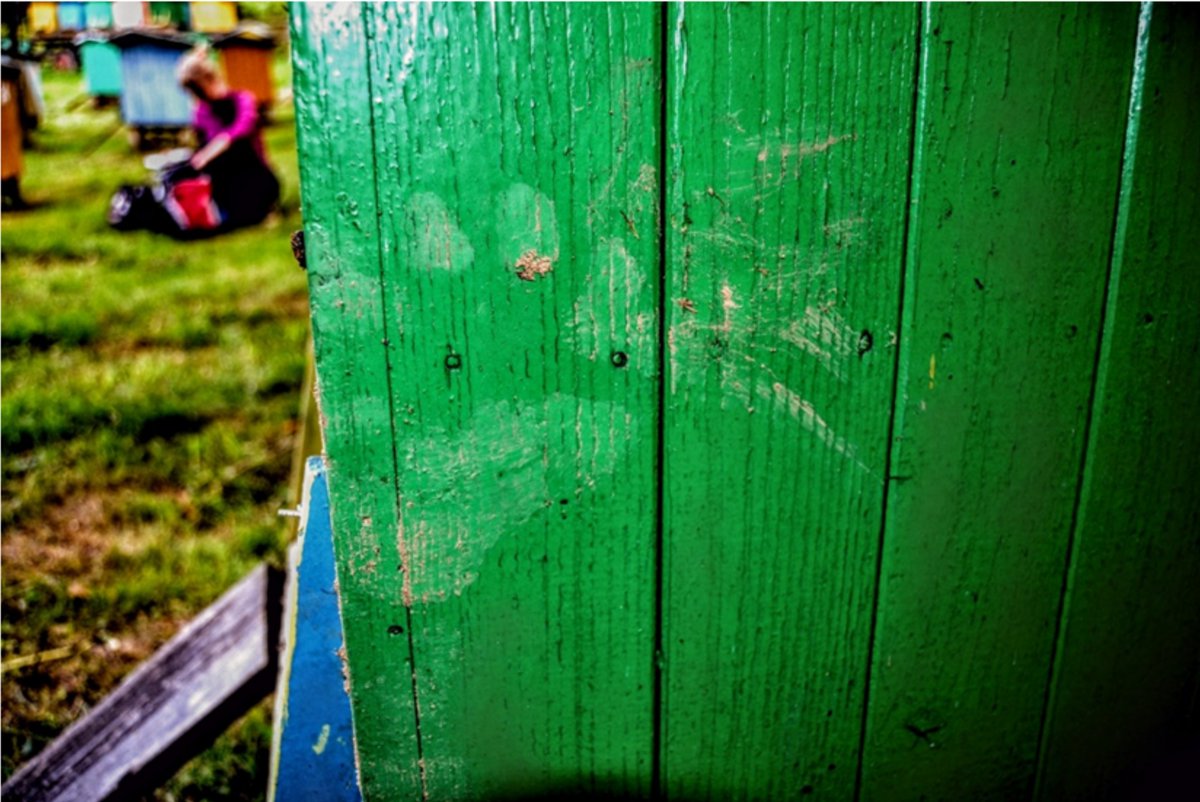


For more on this topic read our press release for this paper on our website carpathianbear.pl/en/2023/not-ev…
And for even more read the full paper
doi.org/10.1111/1365-2…
Institute of Nature Conservation PAS

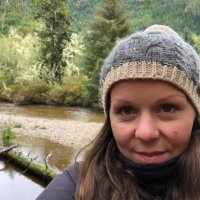
NEW PAPER🌟 How do bears recognize one another? We provide insights into the hidden chemical world of free-ranging brown bears through analyses of skin-borne secretions. Abbey Wilson Dr. Candace Williams CarpathianBear 🧵(1/n)
📄Scientific Reports doi.org/10.1038/s41598…
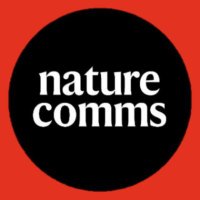
Frӧhlich et al. explore global variation across avian species to show that the way in which relative length of beaks and tarsi co-vary with ambient temperature depends on body mass and vice versa.
Arkadiusz Frohlich Institute of Nature Conservation PAS Polska Akademia Nauk Deakin University
nature.com/articles/s4146…


